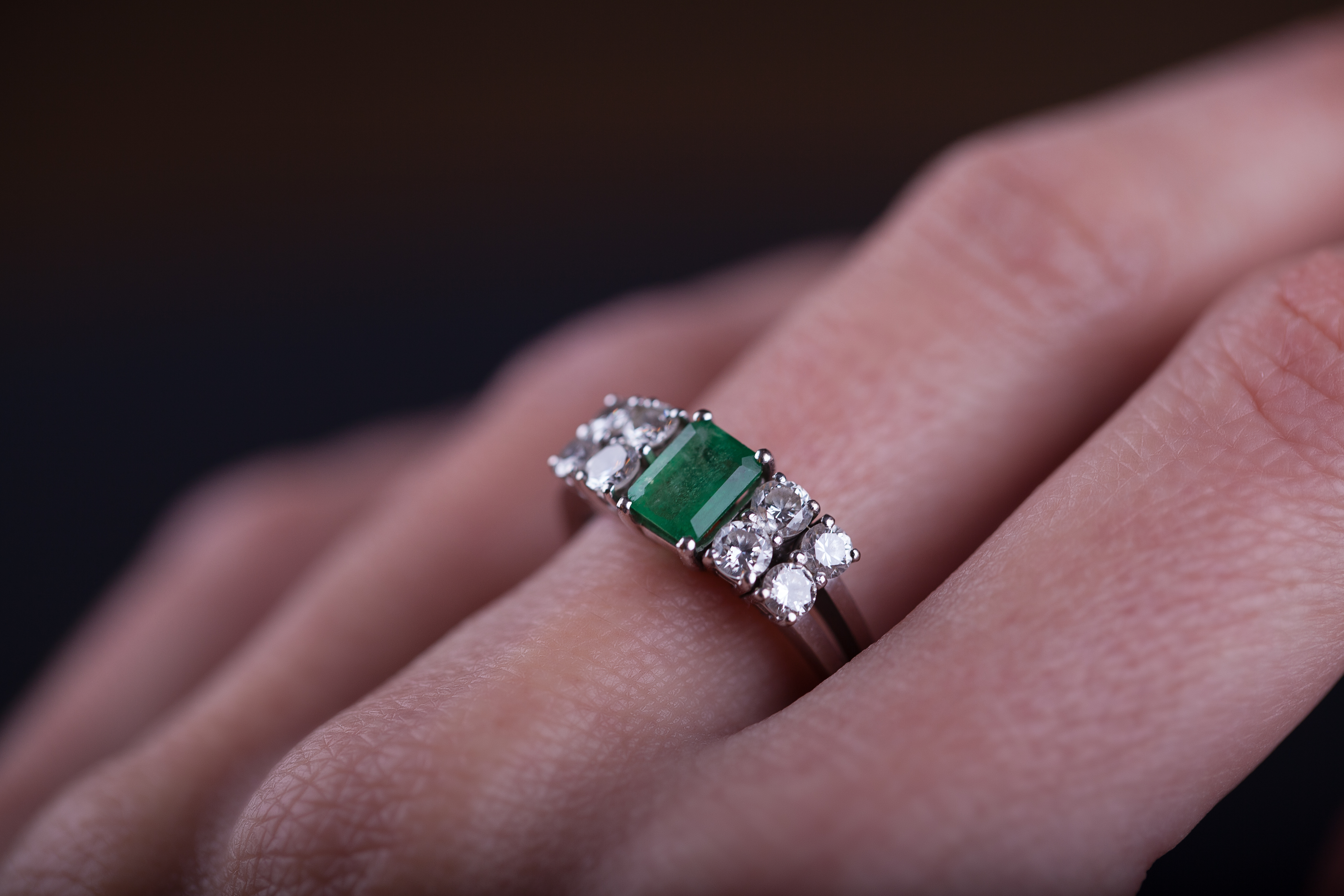Sutherland was born July 17, 1935 in New Brunswick, Canada, later moving to Bridgewater, Nova Scotia. Throughout his childhood he battled a number of serious illnesses including polio, rheumatic fever and spinal meningitis.
He left Canada to pursue an interest in acting at the London Academy of Music and Dramatic Art, and soon found work in TV and low-budget films.
He got a Hollywood breakthrough in the classic war film The Dirty Dozen, whose ensemble cast includes Lee Marvin, Charles Bronson, Ernest Borgnine and Jim Brown. It was the fifth highest grossing film of 1967.

After leaving London for Hollywood, Sutherland landed one of his most iconic roles in the 1970 anti-war comedy-drama MASH, originating the role of “Hawkeye” Pierce. MASH was one of the most successful films of the decade and is regarded as a classic.
Throughout the ’70s, Sutherland was a Hollywood leading man: his films include in the Oscar-winning Klute opposite Jane Fonda, the psychological horror Don’t Look Now, and the remake of Invasion of the Body Snatchers. He also appeared in the hit comedy Animal House.
In 1980, he starred in Robert Redford’s Ordinary People, which won the Academy Award for Best Picture. Other major films include Backdraft, JFK, Six Degrees of Separation, The Italian Job and Pride and Prejudice.

Sutherland also had success on TV, winning an Emmy Award for the 1995 film Citizen X, and a Golden Globe for the television film Path to War.
A younger generation of moviegoers was introduced to Sutherland through The Hunger Games, the hit dystopian blockbuster series: Sutherland starred as the villainous President Coriolanus Snow.
Though he surprisingly never received an Oscar nomination, he received an Academy Honorary Award in 2017, “for a lifetime of indelible characters, rendered with unwavering truthfulness.” He also received a star on the Hollywood Walk of Fame in 2011, and on the Canadian Walk of Fame in 2000.

Sutherland was married three times; he was married to actress Francine Racette for 52 years until his death. He was previously married to Lois May Hardwick and Shirley Douglas, and also had an affair with his Klute co-star Jane Fonda.
He had five children — including most famously his son Kiefer Sutherland, the actor best known for playing Jack Bauer in 24.
”I was too young to go watch my father’s films in the cinema,” Kiefer Sutherland told The Hollywood Reporter in 2017. “By the time I hit 20, VHS was available and a friend of my fathers had a lot of his films. In three days I watched Don’t Look Know, Klute, M*A*S*H, Kelly’s Heroes, 1900 and Fellini’s Casanova.”
“It was such a wide spectrum of characters, and I remember calling him up and I felt really badly that I grew up not knowing what a profoundly special actor he was, I felt horribly guilty of that. As a young actor, I had never known or seen another actor who’ve done characters so diverse either.”

Rest in peace to the iconic actor Donald Sutherland who lent his talents to so many great, classic movies — you will be missed 💔😢
I Found Out My Husband’s Dark Secret on Our First Wedding Night

In a tale of vulnerability and love, Jenny and Alex navigate the aftermath of a childhood trauma that surfaces on their wedding night. As Jenny learns the depth of Alex’s anxiety, sparked by a terrifying incident from his past, she steps into a role of understanding and support.
Falling head over heels for Alex was like diving into a mystery novel where the ending is always a surprise. We met in what felt like a whirlwind romance; it didn’t take long for us to decide that we wanted to spend the rest of our lives together. We chose to wait, keeping our relationship purely emotional and spiritual, which honestly made us connect on a level I didn’t know existed.

Couple laughing together on couch | Source: Getty Images
Alex, with his guarded heart, hinted at a dark chapter from his childhood, one he wasn’t ready to share. Knowing he trusted me with even that small admission made our bond even stronger. It’s like we’re in this love story together, figuring out each chapter as we go.

Young couple riding classic scooter during vacation in Bali | Source: Getty Images
During our wedding planning, hints of Alex’s past and his secret started to surface more often. I noticed, but I didn’t want to push him into sharing something he wasn’t ready to reveal. It left me with a mix of curiosity and respect for Alex’s privacy, choosing to focus on the love and excitement of our upcoming marriage. Even when I tried to express my concerns, my mother-in-law would quickly dismiss them, assuring me everything was fine.

Mother and daughter | Source: Getty Images
My relationship with Mrs. Green, Alex’s mom, blossomed into something truly special. She was not just a mother-in-law but a friend and confidante. When it came time to pick out presents for Alex’s birthday and Christmas, she was my go-to advisor, ensuring each gift was both meaningful and personal.

Emerald and diamond ring in finger | Source: Getty Images
The gesture that sealed our bond was when she entrusted me with their family heirloom ring—a symbol of acceptance and trust. It wasn’t just a piece of jewelry; it was a welcoming into the family, a testament to the loving and trusting relationship we shared.

Young Couple Getting Married in Garden | Source: Getty Images
After our amazing wedding day, filled with dancing, heartfelt speeches, and so much love, Alex and I were completely worn out by the time we got to our room. Every moment was special, from the emotional vows to the wild dance floor moves and the endless photos with everyone. Honestly, just thinking about how we managed to stay on our feet through it all is making me tired all over again.

Guests throwing rose petals on bride and groom | Source: Getty Images
Settling into bed felt like a blissful escape, a moment to finally breathe and let the day’s joy truly sink in. But even amidst our exhaustion, there was this beautiful sense of beginning our life together, a mix of excitement and a deep, comforting tiredness.

Silhouette of woman sitting on bed | Source: Getty Images
As I waited in bed, wearing my best garments, I heard him whispering something to his mom behind the door. Mrs. Green? What was she doing here? No way she would turn into one of those mothers-in-law, who need to instruct their precious son on the first night! Or worse, could she be here to instruct me?

Scared woman hiding under blanket. Afraid of the dark. Unable to sleep after nightmare or bad dream. Awake in the middle of the night in bedroom at home. Monster under the bed. | Source: Getty Images
“Mom, I can’t do it. Can you come in?”
My heart raced as the door opened. I sheepishly pulled the covers up to my chin and stared at them in disbelief.
“What’s going on?”

Upset mid adult woman with her husband in bed arguing, relationship problems concept. | Source: Getty Images
After a brief moment of silence, during which Mrs. Green seemingly calculated her response, she turned to her son, wide-eyed. “Wait. Have you told her about the—”
Alex shook his head.
“Then do! What have you been thinking about?! The poor thing must be thinking we’re a pair of weirdos!”

Couple having serious conversation in bed | Source: Getty Images
Alex looked me deep in the eye before heaving a sigh and beginning to unravel his biggest secret.
“When I was just 5 years old, the unthinkable happened—a burglar shattered the peace of our home by breaking in through my bedroom window. That night, under the cover of darkness, my world changed forever. The intruder’s silhouette, a menacing presence in my sanctuary, left me frozen in terror, unable to cry out or escape. The aftermath of that violation was a deep, pervasive fear that clung to me, long after the broken glass was swept away and the window secured.

Masked burglar holding flashlight while secretly entering into a house | Source: Getty Images
“In the nights that followed, my bedroom felt like a battlefield, each shadow a reminder of my vulnerability. Sleep, once a refuge, became an insurmountable challenge. But in the midst of my fear, my mother became my guardian angel.
“Night after night, she sat by my bed, her presence a beacon of safety in the darkness. With the soft timbre of her voice, she’d weave stories of courage and adventure, heroes who faced their fears and emerged victorious. Her words, gentle and reassuring, were a balm to my frightened soul, coaxing me toward the calm shores of sleep.

Cheerful mother and son cuddling and reading book | Source: Getty Images
“These bedtime stories, more than mere tales, became our ritual, a shared journey back to a sense of normalcy and security. My mother’s unwavering patience and love taught me that, even in the face of paralyzing fear, there is a wellspring of strength within us, a resilience that can be nurtured and grown.
“Since that terrifying night, my mother has been my steadfast companion in the quest for peace as I drift off to sleep, her presence a reminder that even in our darkest moments, we are not alone.”

Mother and son reading children’s book | Source: Getty Images
Learning Alex’s secret left me reeling, a mix of emotions swirling within me. At first, there was shock, the depth of his trauma more profound than I’d imagined. Then came understanding, a realization of the weight he’d been carrying all these years. My heart ached for him, for the child he was and the man he’s become.
With this knowledge, there was also a strengthening of resolve, a determination to be the support he needs. Love, after all, means standing together, especially in the face of hidden battles.

Young couple lying in bed
“So… how do I help you?” I asked, taking his hand. The atmosphere in the room suddenly turned warm and fuzzy, like a fluffy blanket.
“When Alex is feeling anxious or overwhelmed, especially at night, cuddling him in a specific way has always helped soothe him,” Mrs. Green began, her voice calm and reassuring. “Hold him close, with his head resting near your heart. It’s a method that’s comforted him since he was a child.

His sincere hug is all she needs right now! | Source: Getty Images
“Though he’s mostly outgrown the need for this, his anxiety can still get the better of him during stressful times. It’s important to be patient and understanding, offering him that physical reassurance. This approach has often been the key to helping him find peace and fall asleep.”
In that tender night, as I cuddled Alex in the way his mother had described, I felt a profound connection between us. His head rested near my heart, and gradually, his tense body relaxed into the embrace. Despite the initial shock of learning about his anxiety, understanding washed over me, bringing a deep sense of empathy and readiness to support him.

Couple lying in bed | Source: Getty Images
As he finally drifted off to sleep, the weight of his worries seemed to lighten. Mrs. Green, witnessing this moment, quietly left the room with a silent nod of approval and gratitude in her eyes. It was clear she was at peace, knowing her son was in caring hands.
After that pivotal night, Alex and I have come a long way. We’ve opened up more, really diving deep into understanding and supporting each other’s needs. Learning to soothe his anxiety became a part of our life, and honestly, it’s brought us closer.

Friends enjoying teatime eating raspberry cake at home | Source: Getty Images
We tackled his vulnerabilities head-on, finding strength in each other. Our journey’s been like a crash course in love, empathy, and resilience. It’s amazing how facing challenges together has only made our bond stronger. Just wanted to share our little victory—love really does conquer all.
If you liked this story, you might like this one about a woman whose world turned upside down the moment she met her mother-in-law.
This work is inspired by real events and people, but it has been fictionalized for creative purposes. Names, characters, and details have been changed to protect privacy and enhance the narrative. Any resemblance to actual persons, living or dead, or actual events is purely coincidental and not intended by the author.
The author and publisher make no claims to the accuracy of events or the portrayal of characters and are not liable for any misinterpretation. This story is provided “as is,” and any opinions expressed are those of the characters and do not reflect the views of the author or publisher.



Leave a Reply